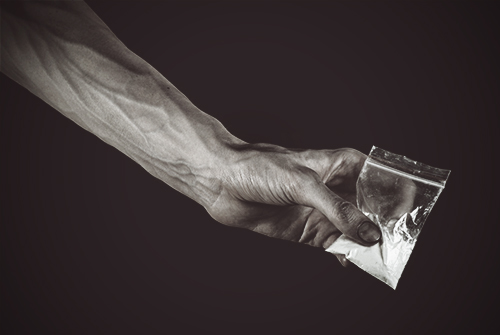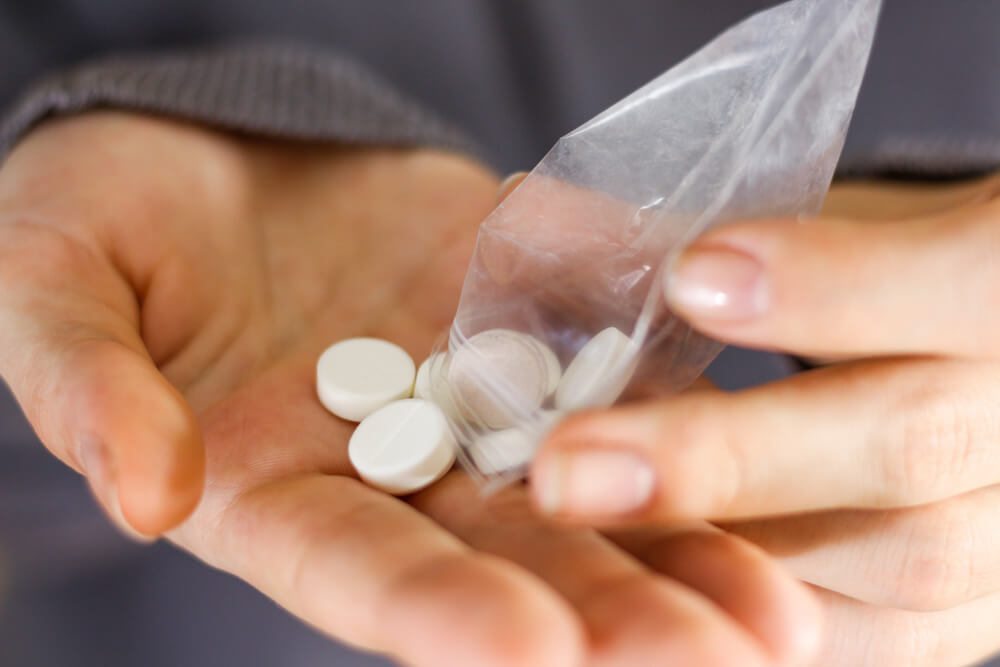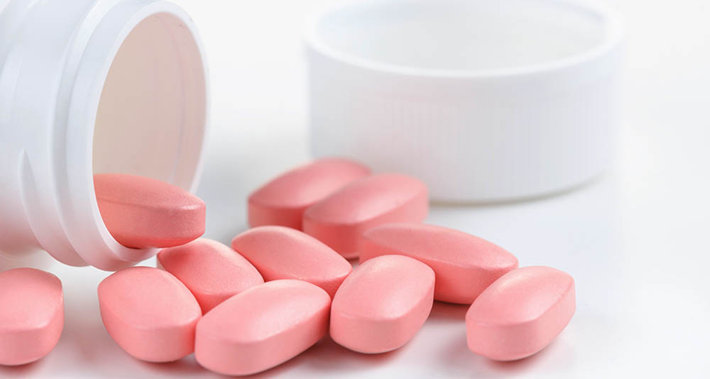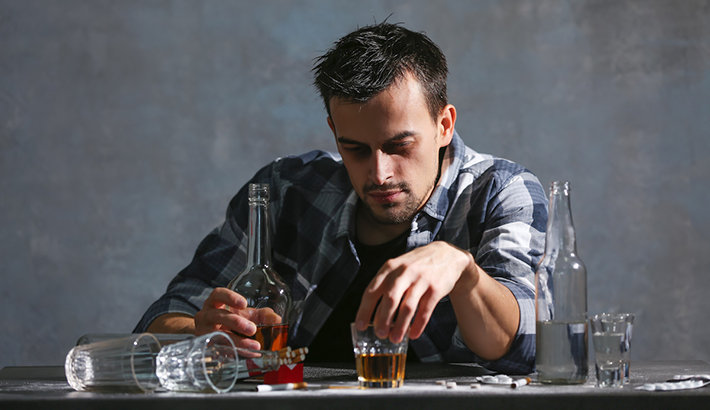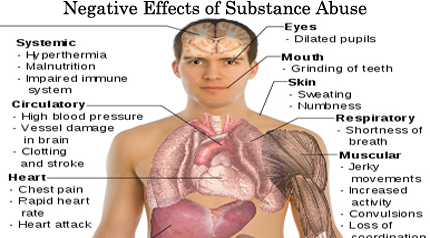Effects of Bath Salts Abuse
Bath salts is the street name for a group of often changing synthetic drugs on the illicit market, so the full effects of using bath salts is not fully known. Medical personnel who come across someone who is in a full-blown delusion as a result of bath salts may not recognize the effects and may not know what to do. Even drug tests may not determine that bath salts were involved in a serious adverse effect since the newest tests only detect fourteen common chemicals used in these formulas. There are more than eighty chemicals that might be included in these small packets.
This group of drugs is referred to as “cathinones.” It is a class of stimulants that creates aggression and hallucinations. One or more of these substances are packaged in small foil packages and labeled “bath salts, for a soothing bath, not for human consumption.” The most common drugs to be included are mephedrone, methylone and methylenedioxypyrovalerone (MDPV).
Until very recently, bath salts were being sold in convenience stores and head shops. Federal laws banned the drugs many months ago but until states followed these laws with their own bans, it was hard to seize the drugs and prosecute. Now 31 US states have outlawed these drugs, and serious effects like trips to the emergency room have begun to drop as a result.
Short-Term Effects
Bath salts effects tend to last about three or four hours, but rapid heartbeat, increased blood pressure and other effects of a stimulant may last longer.
High doses have caused intense and extended panic attacks in some people. Since this drug is a stimulant, it tends to disrupt sleep. A person who takes the drug frequently may suffer from sleep-deprivation psychosis. Addiction is also a very likely effect.
Mental, Emotional and Physical Effects

Mentally, the user will experience euphoria, alertness, anxiety, and agitation. He will probably not feel hungry. He may have a headache, tense muscles, increased body temperature, nosebleeds and dilated pupils. He may also be dizzy and confused and may grind his teeth. But those are the milder effects.
The more serious effects include fits, hallucinations, aggression, suicidal thoughts or attempts and psychotic delusions. Physically, a person can experience liver failure, kidney failure, loss of bowel control and rhabdomyolysis, a spontaneous breakdown of muscle fiber that can lead to death.
Deaths and Injuries Due to Bath Salts
Tragically, one of the effects of bath salts abuse is death, either because of the direct effect of the drug or because of a person’s actions. In March 2011, a young man in New Jersey killed his girlfriend while he was under the influence of bath salts. A young woman who injected bath salts lost the arm the drugs were injected into, her shoulder, breast and other tissue after a flesh-eating bacteria destroyed the muscles in that part of her body. She survived.
A young man in Louisiana thought his house was surrounded by police and tried to cut his own throat. His family stopped him and the cut was stitched up, but he succeeded in shooting himself the next day. These are only a few of the many stories of self-destruction and harm resulting from bath salts consumption.
In 2010, there were 304 calls to poison control centers about this drug, but more than 6,000 in 2011. Since the drugs have been banned in 31 states, there have only been 2,250 in the first six months of 2012.
A Sober Person Does Not Run these Risks
Every drug of abuse is associated with harm—addiction, the decline of personal integrity and happiness, illness, incarceration, hallucinations, and delusions that can lead one to harm others—the list is almost endless. The only way to avoid these risks is to remain sober.
For some people, this is a choice they can’t make, as they are already addicted. Whether the addiction is to an opiate, alcohol, a stimulant like this one or any other substance, hope of lasting recovery is available at Narconon centers around the world.
Learn how a loved one can leave addiction behind and stay safely sober.


